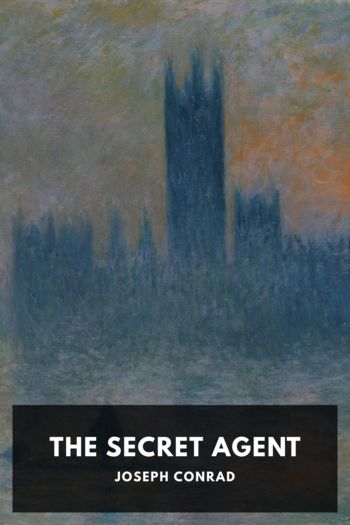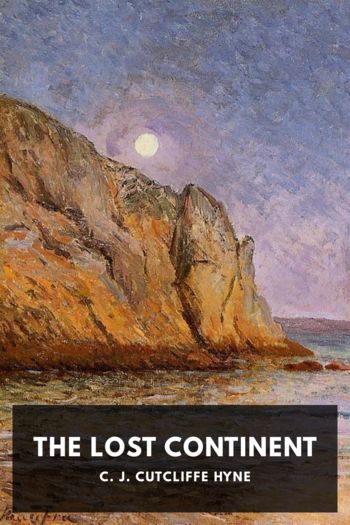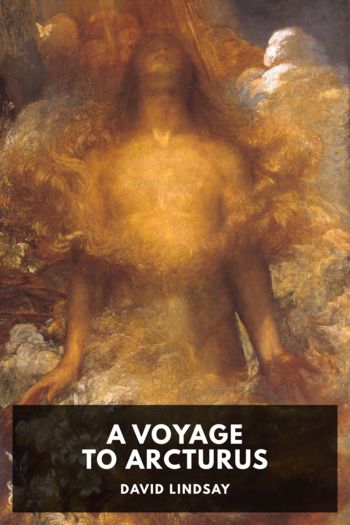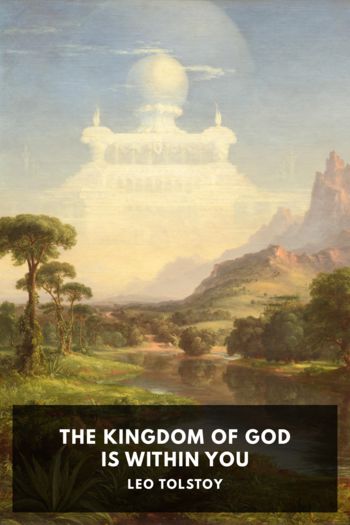Genre Other. Page - 303

Description
The place is London, and the time is the late 1800s. Mr. Verloc appears to be an unassuming owner of a bric-a-brac store, but he’s actually a spy for an unnamed country. When he’s summoned by his superiors and ordered to plant a bomb to foment unrest in English politics and society, he finds himself stuck in a more-than-uncomfortable situation.
Conrad’s novel is set against the background of the Greenwich Observatory bombing, in which an anarchist unsuccessfully tried to detonate a bomb near the building. Terrorist activity was on the rise, and Conrad uses the fear and uncertainty of the time to explore the meanings of duty and of evil, along with the influence politics and political movements have on terrorist violence.
The Secret Agent is widely considered one of Conrad’s finest novels, with modern critics praising its prescient forecast of 20th century politics and society.

Description
The Lost Continent, initially published as a serial in 1899, remains one of the enduring classics of the “lost race” genre. In it we follow Deucalion, a warrior-priest on the lost continent of Atlantis, as he tries to battle the influence of an egotistical upstart empress. Featuring magic, intrigue, mythical monsters, and fearsome combat on both land and sea, the story is nothing if not a swashbuckling adventure.
The Lost Continent was very influential on pulp fiction of the subsequent decades, and echoes of its style can be found in the work of Edgar Rice Burroughs, Robert E. Howard, and others.

Description
The Napoleon of Notting Hill, like so many Chesterton novels, deftly straddles the fence between humor and philosophy. The place is London, in the far-future year of 1984. Inexplicably, not too much has changed since the turn of the century—except that the king is chosen at random. Things quickly take a turn for the worse when the people randomly select an imbecile who only cares about a good joke.
With the new prankster king in place, the novel continues on with surprisingly action-packed breeziness, exploring themes of identity, patriotism, politics, and government.

Description
The House on the Borderland is unique in several ways. The narrative itself is a double-frame narrative: the editor of the volume is presenting a manuscript he found under mysterious circumstances, describing the account of two fishermen who themselves discovered a hand-written account of the cosmic haunting of a recluse’s remote home.
Additionally, the novel is one of the earliest examples of the departure of horror fiction from the Gothic style of supernatural, psychological hauntings, to more realist, science-fiction/cosmic horror themes. The recluse is, among other events, transported to a mysterious supra-universal plane populated by monsters and elder gods; and his house withstands assaults from legions of monsters as he travels across time and the solar system.
The book was very influential on H. P. Lovecraft, who himself was famous for the cosmic horror themes in his work. The concept of an uncaring, and even evil, universe that Lovecraft found so disturbing is front and center in this supremely strange novel.

Description
William Morris is famous in no small part for his contributions to defining the genre of modern fantasy literature, and The Wood Beyond the World is a classic example of that influence. Written in a purposefully-antiquated prose style reminiscent of Sir Thomas Malory or other aged fairy tales, The Wood Beyond the World can be difficult for some readers; but those who follow through will enjoy a charming and influential series of picaresque adventures.
The book follows Golden Walter, a man leaving home who finds himself swept away to an enchanted land. He encounters a fair maiden who is trapped by an enchantress and her consort. Walter must, like all good heroes, save the maiden and see if they can make it to happily ever after.

Description
Benjamin Franklin is a man who needs little introduction. He wore many hats over the course of his fascinating life, from that of a printer, to an inventor, to a scientist, to a politician, a founding father and statesman, and even a postmaster-general. He was famous for all of these things in his day, but he was also famed for his keen insight into people and human nature, and his sparkling talent as a conversationalist.
Despite his accomplishments, Franklin seemed to keep a down-to-earth demeanor, favoring home-spun sayings and simple, direct, honest prose—the kind of prose that shines in this autobiography.
The autobiography itself has a long and complex publication history. Franklin composed it in fits and spurts between 1771 and 1790, and never had a chance to complete it, let alone publish it, in his lifetime. It was first published as a poor French translation of an unrevised edition of the manuscript, and then as a heavily-editorialized and inaccurate English edition by Franklin’s son, William Temple Franklin. In 1868 John Bigelow purchased the original copy of the autobiography and published the first accurate edition, which is what subsequent publications, including this one, are based on.
Though incomplete, this autobiography is a highly readable and fascinating insight into the legendary life of the man some people call the “First American.”

Description
Wollaston attempts to determine what rules for the conduct of life (that is, what religion) a conscientious and penetrating observer might derive simply from reasoning about the facts of the world around him, without benefit of divine revelation. He concludes that truth, reason, and morality coincide, and that the key to human happiness and ethical behavior is this: “let us by no act deny anything to be true which is true; that is: let us act according to reason.”
This book was important to the intellectual foundations of the American Revolution (for example, the phrase “the pursuit of happiness” originates here). It also anticipates Kant’s theory of the categorical imperative and the modern libertarian non-aggression principle.
This edition improves on its predecessors by, for the first time, providing both translations and sources for the over 650 footnotes that, in Wollaston’s original, are cryptically-attributed Greek, Hebrew, and Latin.

Description
On hearing the title A Voyage to Arcturus, one might picture an astronaut strapping themselves into a rocket and flying into space for a swashbuckling adventure. Nothing could be further from what this book actually is.
Voyage is in fact a fascinating, bizarre, bewildering, and thought-provoking sort of acid-fueled Pilgrim’s Progress: a philosophical allegory told through the frame of a psychedelic gender-bending journey to an alien planet.
After a terrifying séance, the protagonist, Maskull, is offered the chance of an adventure on a different world. He agrees, and the reader follows him on his blood-soaked path through lands representing different philosophies and ways of life as he searches for the world’s godhead, Surtur. Or is it Crystalman?
Voyage features fiction wildly ahead of its time, and is hardly classifiable as either science fiction or fantasy; one might even say that the book is better approached as a philosophical work than a straightforward narrative. It’s not a book for a reader seeking simple fiction, but rather for a reader seeking a thoughtful, imaginative, and totally unexpected exploration of philosophy and of life.
Decades ahead of its time, Voyage was praised by contemporaries like C. S. Lewis and J. R. R. Tolkien, and by modern authors like Clive Barker and Alan Moore. Many modern reviewers consider it a masterpiece of 20th century fiction and the work of an underappreciated genius. A century later it boasts a significant cult following, having inspired movies, plays, albums, and even operas, as well as a modern sequel by famous literary critic Harold Bloom—the only work of fiction he ever wrote.

Description
The Suspiria is a collection of prose poems, or what De Quincey called “impassioned prose,” erratically written and published starting in 1854. Each Suspiria is a short essay written in reflection of the opium dreams De Quincey would experience over the course of his lifetime addiction, and they are considered by some critics to be some of the finest examples of prose poetry in all of English literature.
De Quincey originally planned them as a sequel of sorts to his Confessions of an English Opium-Eater, but the first set was published separately in Blackwood’s Magazine in the spring and summer of that 1854. De Quincey then published a revised version of those first Suspiria, along with several new ones, in his collected works. During his life he kept a master list of titles of the Suspiria he planned on writing, and completed several more before his death; those that survived time and fire were published posthumously in 1891.

Description
The Kingdom of God Is Within You is the most influential work of Christian anarchism. It might be considered the founding work of that tradition if it didn’t itself claim to merely be pointing out Christian anarchism as the plain meaning of the gospels.
Tolstoy argues that institutional Christianity with its doctrines, church hierarchies, and ritual practices, is anti-Christian. Christ, he says, explicitly told his followers to reject doctrines, church institutions and hierarchies, and ritual practices, and instead to love truth, to honor God, and to treat all people as your family and as you would want to be treated.
Tolstoy says that a Christian cannot participate in the political system, which is based on the use of violence to enforce the separation of people and the privileging of some people over others, and at the same time follow Jesus in his command to love your neighbor.